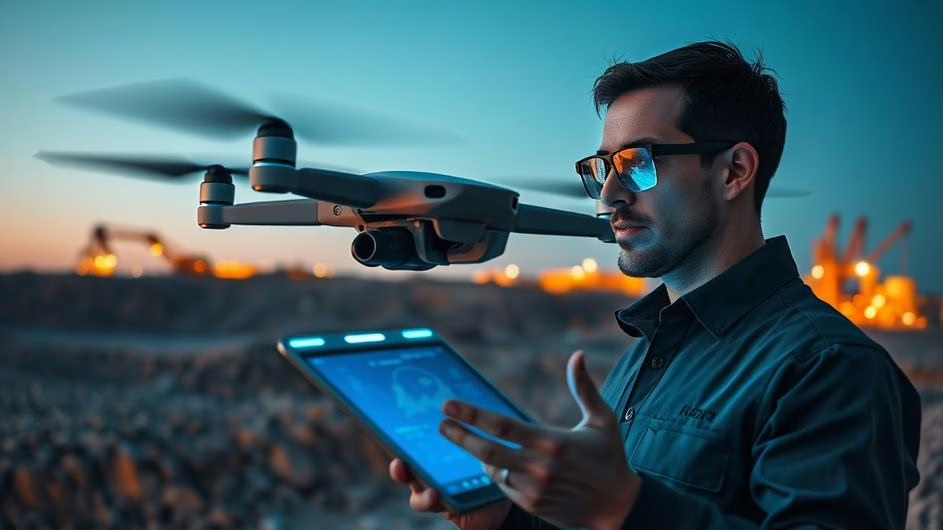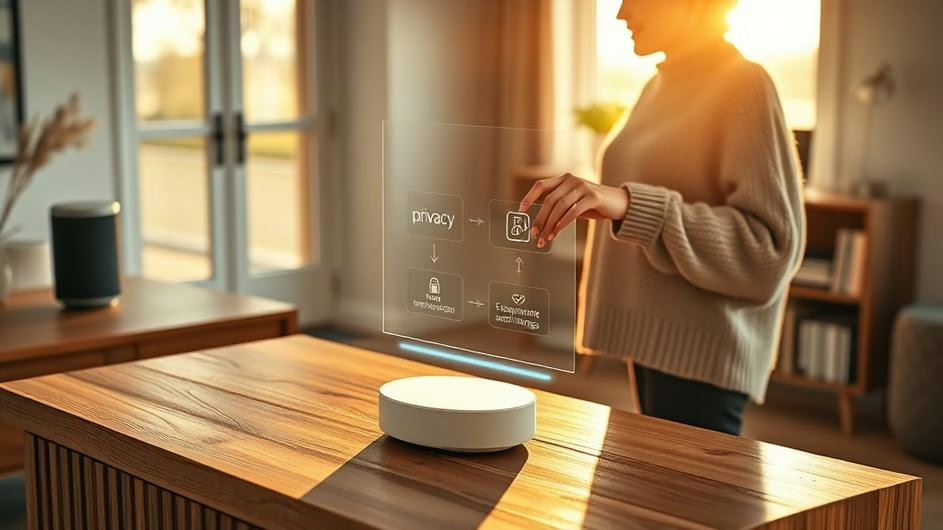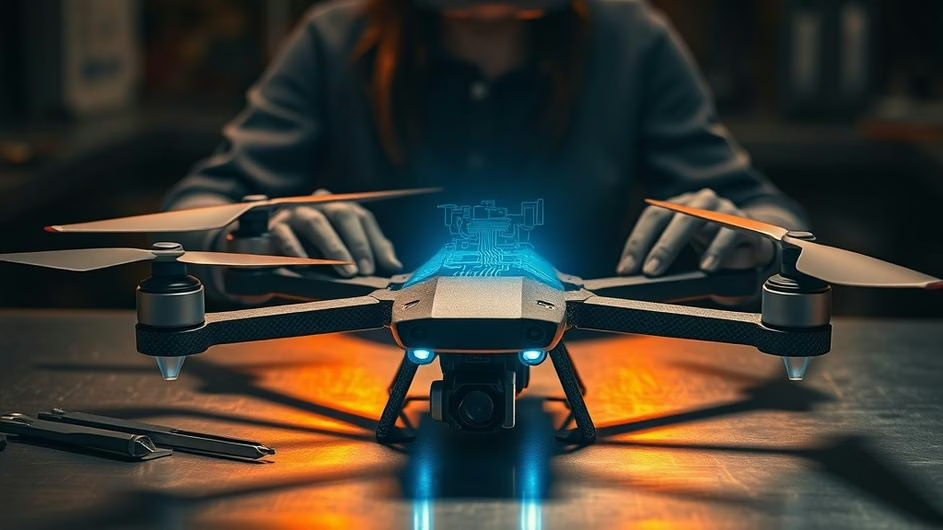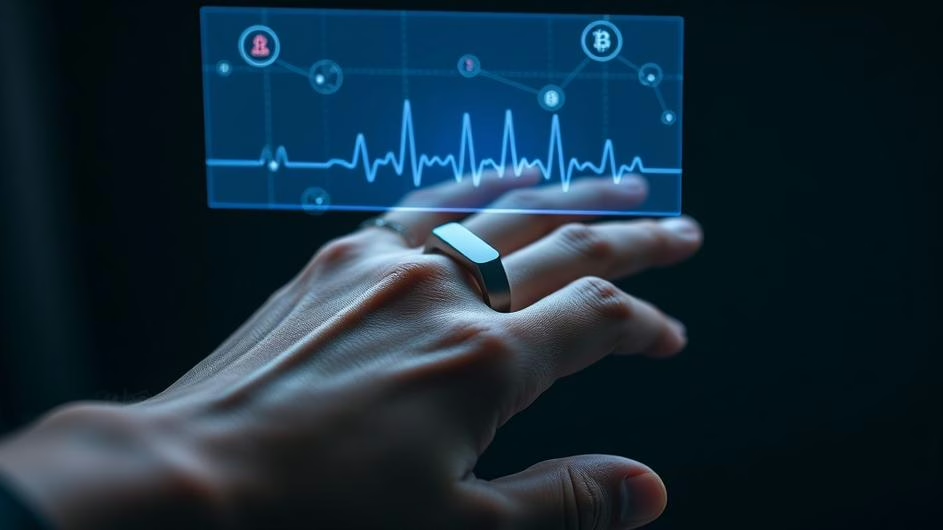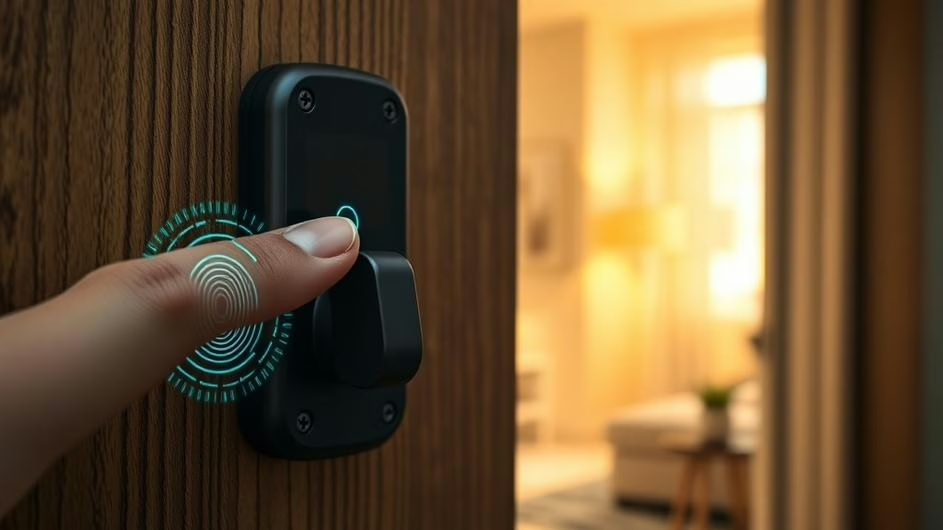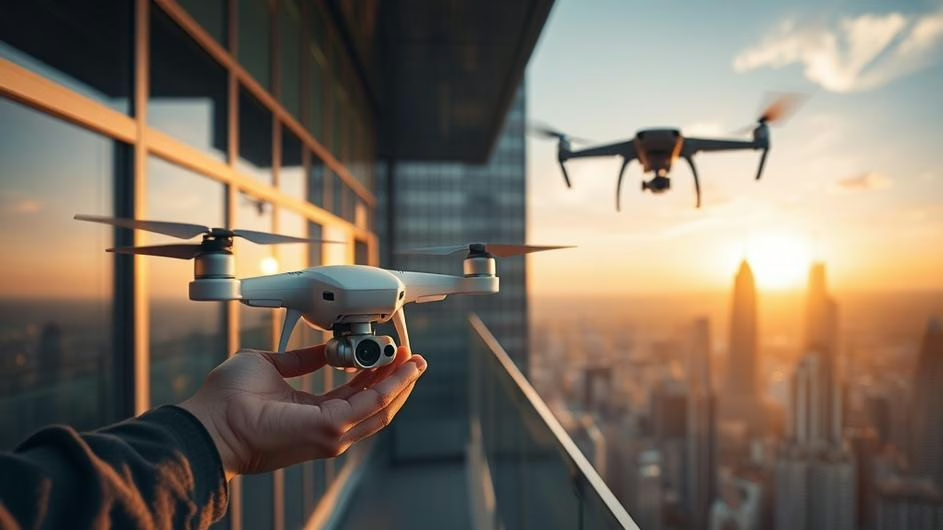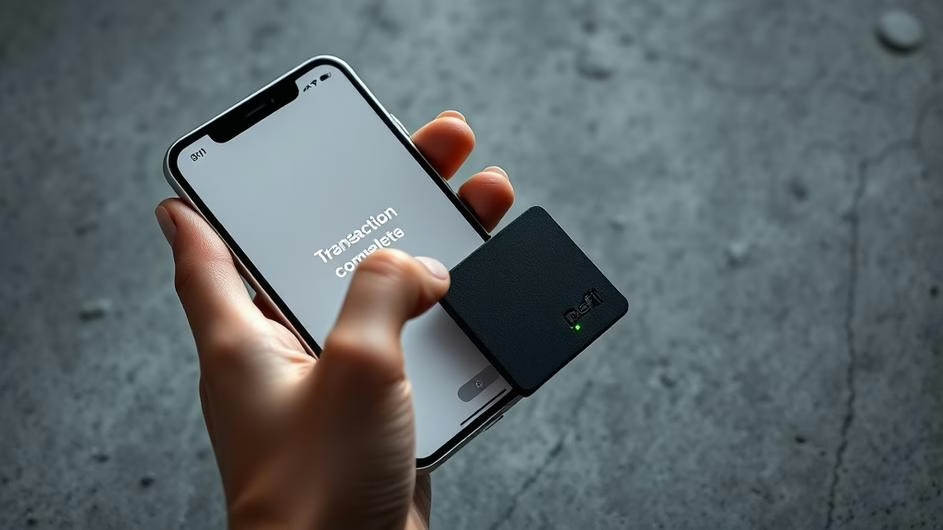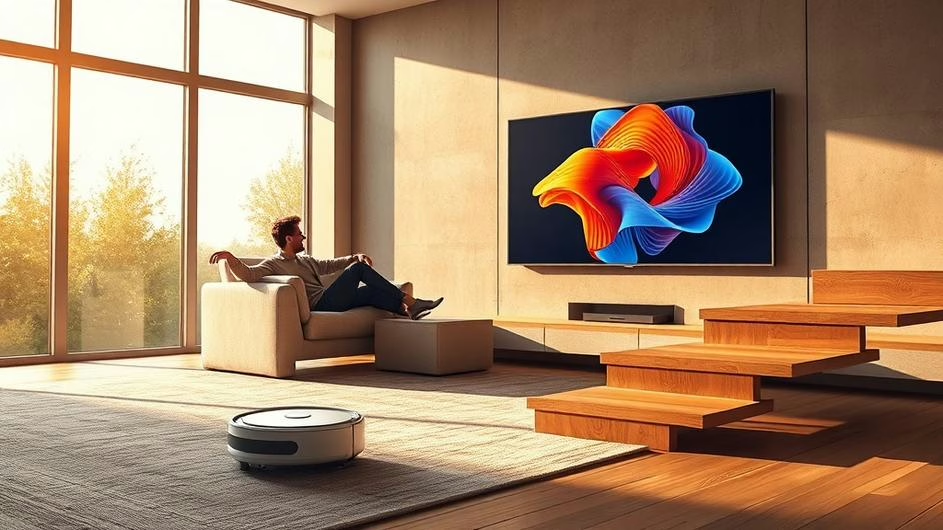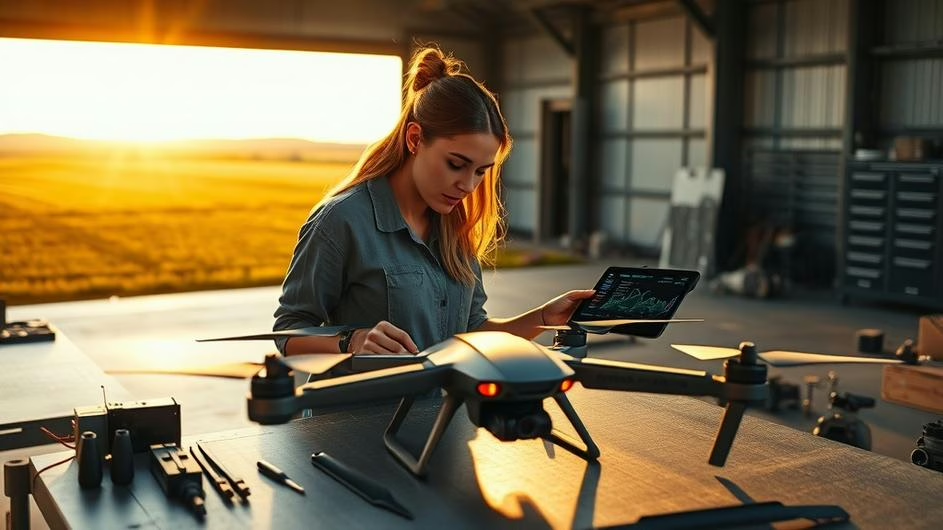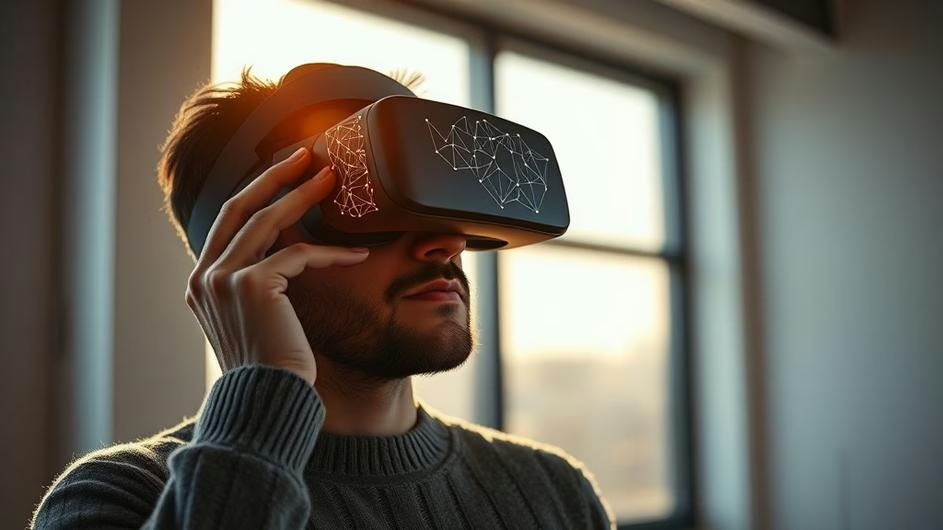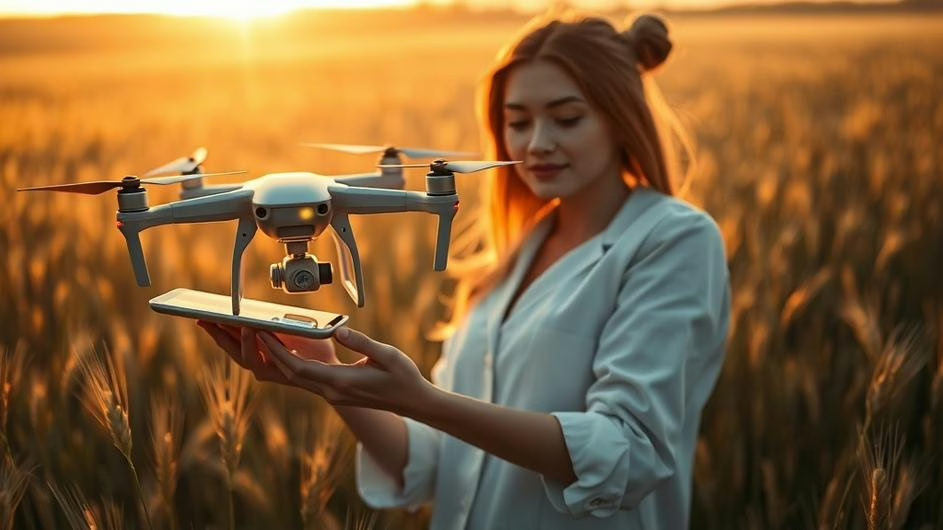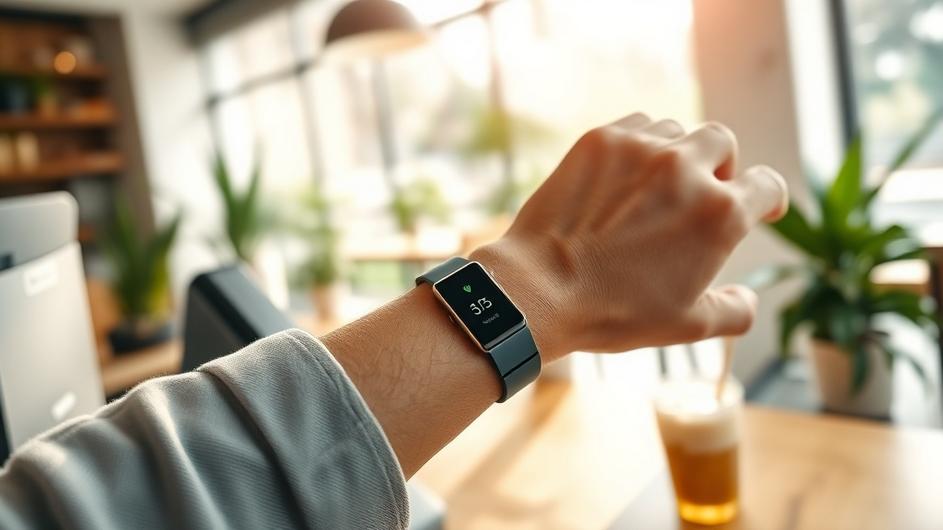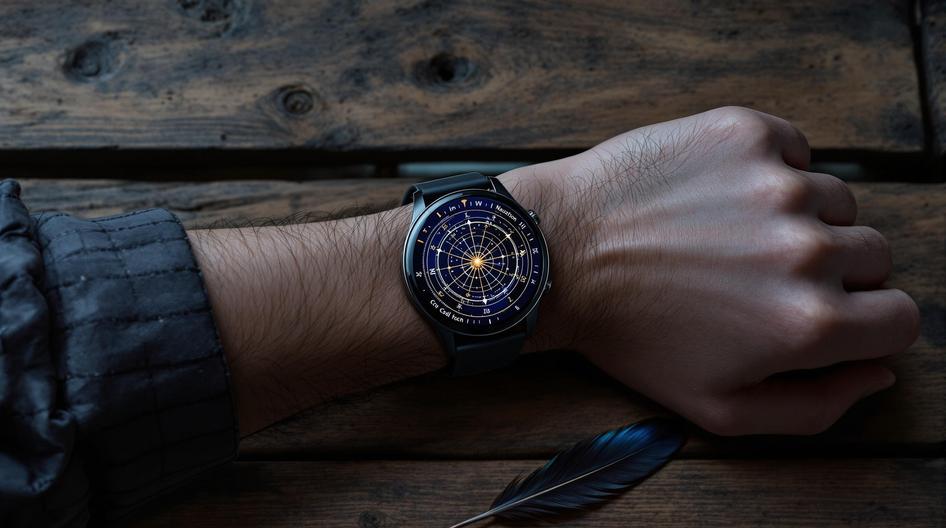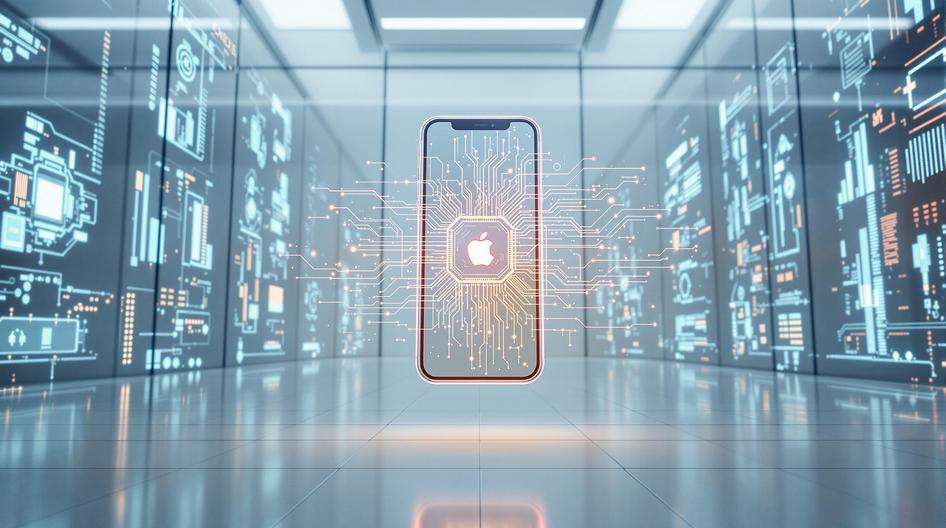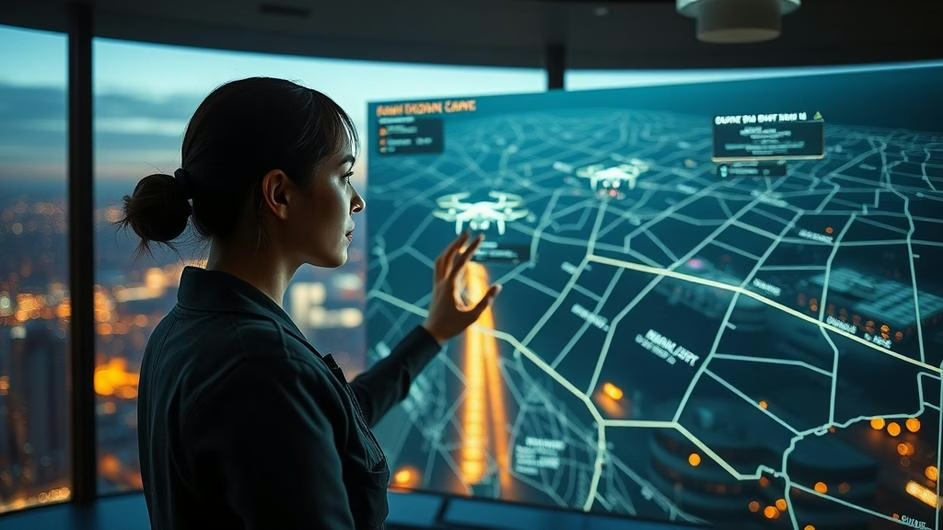
How Next-Gen Drones Are Disrupting Security, Warfare, and Tech Innovation
Tech waves don’t just ripple through Silicon Valley anymore. They crash into police stations, military bases, and industrial sites worldwide. Right now, drones are driving one of the biggest technological shifts we’ve seen in years. From high-speed police chases to AI-powered security systems, these flying gadgets are reshaping how we think about surveillance, logistics, and even warfare.
Police Forces Go Airborne with High-Speed Pursuit Drones
Earlier this year, Mooresville, North Carolina dropped over $300,000 on something that sounds straight out of a sci-fi movie. The town’s police department bought two high-speed pursuit drones from Flock Safety, capable of hitting 58 mph while soaring 400 feet above the action. The kicker? They got two drones for the price of one thanks to an early adopter discount.
These aren’t your typical camera drones. We’re talking about serious hardware designed to track down robbery and theft suspects through residential neighborhoods. The specs are impressive: 58 mph top speed, 400-foot operational ceiling, and real-time video streaming capabilities that would make any action camera enthusiast jealous.
Mooresville isn’t alone in this aerial revolution. San Francisco police have deployed drones nearly 1,400 times since 2024. Most of these missions happened in high-crime areas like the Mission District and South of Market, primarily chasing car thieves and burglars. That’s almost four drone deployments per day. The data streams from these aerial units are changing how police departments process and respond to situational information in real-time.
Australian Innovation Takes Drone Teamwork to New Heights
While American cops are chasing bad guys, Australian engineers are solving a different problem: how do you make drones carry really heavy stuff? Freespace Operations has cracked the code with their Cooperative Lift technology.
Their Callisto 50 drones can work together like a coordinated team, collectively hauling payloads up to 100 kilograms. That’s four times what a single drone can manage. Originally designed for defense and enterprise logistics, these heavy-lift systems are finding new applications in mining and resource transport.
The tech behind this is fascinating. Multiple drones communicate in real-time to maintain stable flight while sharing the load. It’s like watching a synchronized swimming team, except they’re carrying mining equipment across rugged terrain. This kind of collaborative robotics opens up possibilities we’re just starting to explore.
Ukraine’s War Zone Becomes a Drone Innovation Lab
Here’s where things get really intense. The conflict in Ukraine has turned into an unexpected testing ground for drone technology that’s advancing faster than anyone predicted. Ukrainian forces are launching long-range drone strikes on Russian oil refineries almost nightly, targeting economic infrastructure in ways traditional sanctions couldn’t touch.
But the real innovation is happening with interceptor drones. Think of them as airborne hunters designed to take out enemy drones. Ukraine’s interceptor drones are rewriting military tactics, and NATO is paying close attention. What started as a desperate improvisation has become central to Ukraine’s defense strategy.
The Brave1 initiative, backed by the Ukrainian government and dozens of manufacturers, is rapidly iterating drone designs and scaling production. The UK has joined the effort, sponsoring mass development of low-cost interceptor drones. These aren’t just military curiosities either. The innovations happening in Ukraine’s high-pressure environment are already filtering into civilian and commercial applications.
First-person-view (FPV) drones and fiber-optic guided systems that emerged from this conflict are pushing the boundaries of what’s possible with consumer and enterprise drone technology.
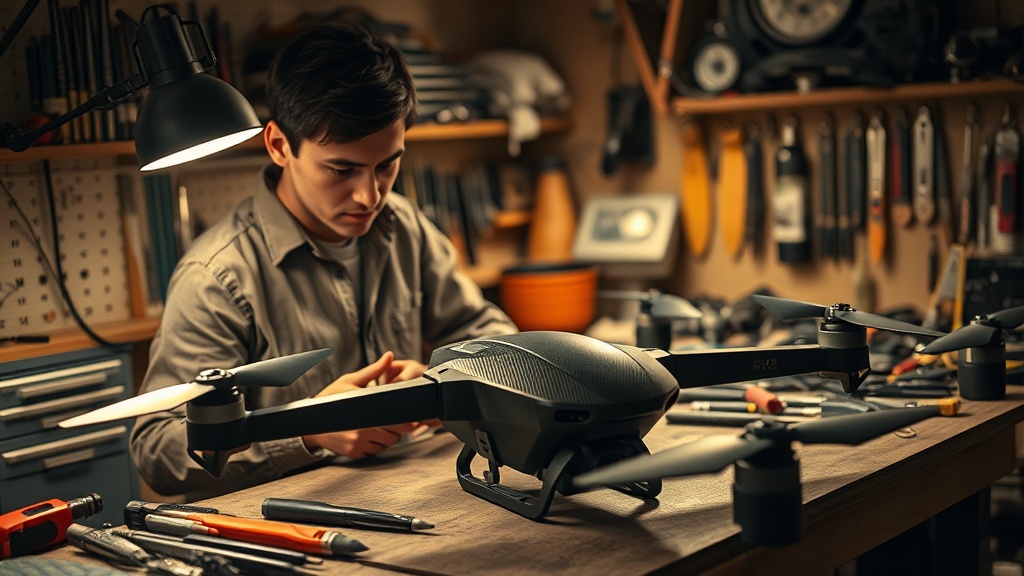
What This Means for the Future of Connected Tech
The convergence of AI and drone technology is creating possibilities that seemed impossible just a few years ago. We’re looking at a future where drone fleets could manage urban logistics, provide security coverage, and maintain infrastructure with minimal human intervention.
Imagine smart city networks where drones automatically respond to traffic incidents, monitor air quality, or deliver emergency supplies. The integration of real-time AI analysis for threat detection and autonomous decision-making could become standard for municipalities and enterprises.
The tech industry is watching these developments closely because the line between military-grade innovation and consumer applications keeps blurring. What’s tested in conflict zones today often becomes tomorrow’s commercial product. The IoT connectivity enabling these drone networks is advancing rapidly, creating new opportunities for developers, investors, and tech companies.
As drone technology becomes more sophisticated and accessible, we’re entering an era where aerial robotics will be as common as smartphones. The question isn’t whether this transformation will happen, but how quickly we can adapt to a world where the sky is filled with intelligent, connected machines working alongside us.
For tech enthusiasts and industry watchers, the drone revolution represents more than just cool gadgets. It’s a preview of how AI and automation will reshape everything from public safety to global logistics in the coming decade.
Sources:
- North Carolina Town Spent $300K on Police Drones, GovTech, October 13, 2025
- San Francisco Police Used Drones Nearly 1,400 Times Since 2024, GovTech, October 17, 2025
- Freespace Operations Turns Single Drones Into Flying Teams, Mining.com.au, October 14, 2025
- To Inflict Pain on Russians, Ukraine’s Drones Zero In on Oil Refineries, The New York Times, October 13, 2025
- Ukraine’s Interceptor Drones Are Rewriting the Rules of War. NATO is Taking Notice, Business Insider, October 18, 2025

